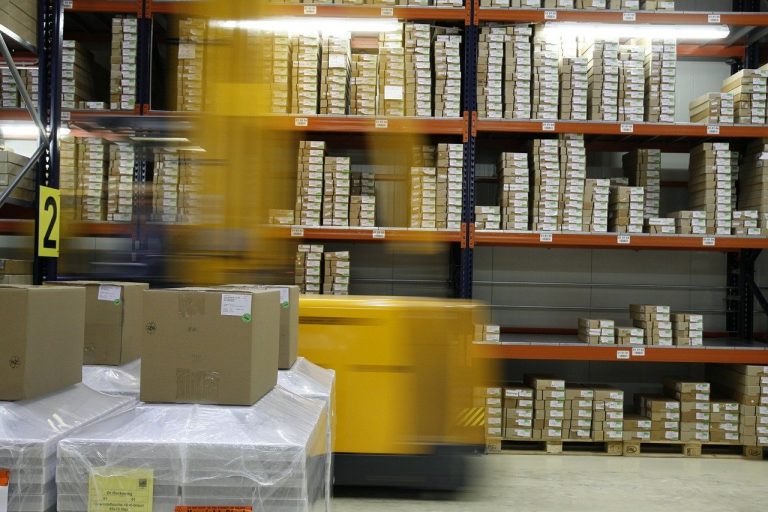Forests are essential to human life and the planet as a whole. They are a source of valuable raw materials and a habitat for many animals, which means that biodiversity on Earth also largely depends on the state of our forests. Fortunately, forestry management is actively developing and applied in different regions.
Agroforestry is a sustainable and fairly natural practice that can be beneficial from a variety of perspectives. It offers a range of new opportunities and functions. In this piece, you can learn what agroforestry systems are and the benefits of this method to the economy and ecology.
What is agroforestry
Agroforestry is a term applied to land-use systems and technologies that involve cultivating crops with shrubs and trees. This system has an environmental justification and is used to maintain and diversify production. Agroforestry has been used in many regions for a long time.
The form of the system depends on the area and the characteristics of the landscape, as well as economic opportunities and conditions, culture, and socio-economic factors. Agroforestry systems have many functions and benefits, especially for small farms, as the production takes place in limited areas.
Different types of trees are used in agroforestry systems. They can provide the local population with various products and also offer intangible services. These services include maintaining biodiversity, improving the environment and soil, and more.
Types of agroforestry systems
There are several standard agroforestry systems, including windbreaks, alley cropping, silvopasture, etc. However, there are also a few special applications. Most methods are relatively versatile, but it’s a good idea to consult a professional to determine which one works best for you. Several limiting factors, such as climatic conditions, rainfall, and soil type, need to be considered.
Silvopasture
This form of agroforestry combines tree cultivation with forage and livestock. The trees provide shade for forage and grazing animals and are also processed to obtain saw logs. In this way, the livestock can be provided with a more comfortable environment, resulting in a double benefit. Various species of pine trees and fruit and nut trees are used for this system.
Alley Cropping
Alley farming is a type of agroforestry in which crops are grown in combination with perennial trees. At the same time, the trees are arranged in a row and form lanes within which crops are grown. The purpose of such crops is to provide income while the trees are ripe.
The trees that form the alleys are usually a source of valuable timber. These are high-quality hardwoods such as oak, walnut, and pecan. The crops grown inside the lane can be corn, fruit bushes, melon, blueberries, pumpkin, and various ornamental plants.
Forest Farming
Forest farming also involves growing trees in combination with crops. However, the primary purpose of this practice is to provide the level of shade needed by the plants. The shade provided by trees is required by plants such as shiitake mushrooms, various decorative ferns, and ginseng.
Riparian Forest Buffers
Riparian Forest Buffers are another agroforestry method involving natural or restored riparian forests. These forests are made up of trees, grasses, and shrubs. In this case, growing trees help prevent pollution of water bodies, which can occur due to performing various agricultural activities. Riparian Forest Buffers prevent nutrients from entering the water and help reduce erosion.
Windbreaks/Shelterbelts
Windbreaks are linear plantings of trees and shrubs. The primary purpose of using this method is to protect plants that are sensitive to wind. In addition, windbreak strips help reduce wind erosion and help distribute snowfall more evenly throughout the field in winter and ensure optimal soil moisture in the spring. This method is also used to reduce stress levels in livestock and provide a comfortable breeding environment for various bird species.
Benefits of agroforestry
Agroforestry brings both environmental and economic benefits. Trees grown are a future source of valuable timber and a kind of protective barrier for plants and animals. Crops are protected from wind erosion, and livestock is provided with a comfortable environment for grazing and feeding.
In addition, you create economic diversity on the farm by planting new crops and acquiring new products. Agroforestry also helps protect water sources and promote biodiversity, as trees and shrubs are habitats for various wildlife and birds. In this way, you can increase the productivity and profitability of your farming and make your farm more sustainable.
Final thoughts
With the right agroforestry system, environmental and economic benefits can be achieved. You can create a natural habitat for wildlife, get comfortable grazing, feed livestock, and protect crops and water sources. Trees also help control soil erosion, which is essential for a healthy crop. As a result, you can increase the sustainability of your production and generate additional














 Bitcoin
Bitcoin  Ethereum
Ethereum  Tether
Tether  XRP
XRP  USDC
USDC  Solana
Solana  TRON
TRON  Lido Staked Ether
Lido Staked Ether  Cardano
Cardano  Avalanche
Avalanche  Toncoin
Toncoin